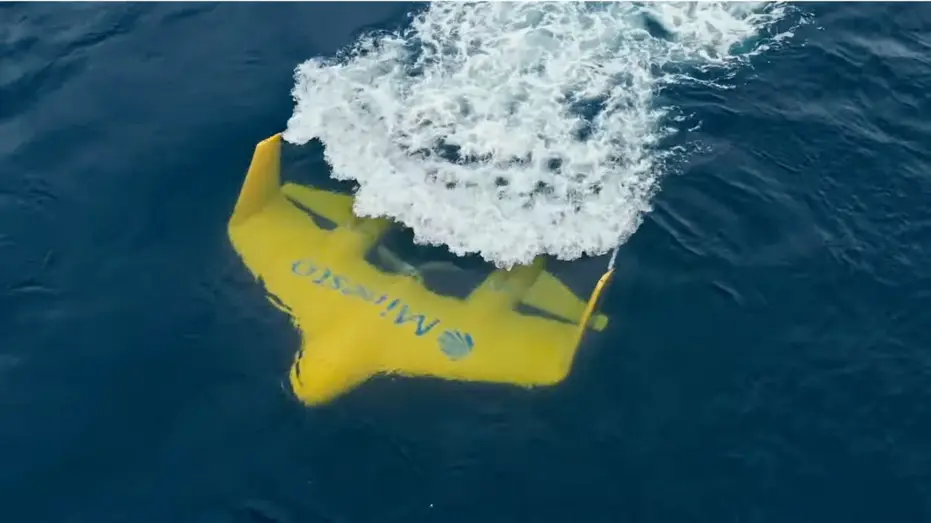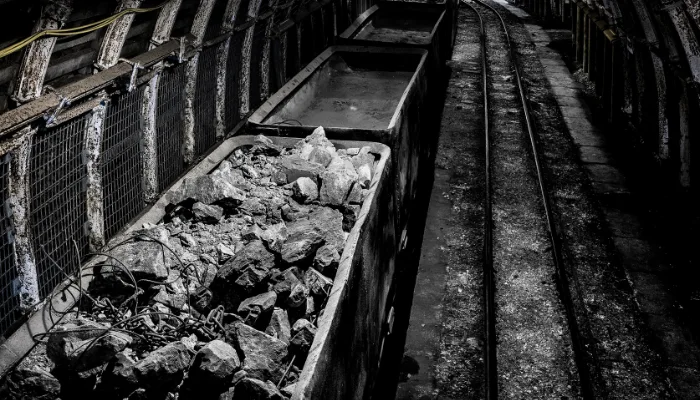Crab shells, often discarded as remnants after feasts, could hold the key to a groundbreaking development in renewable energy storage, according to researchers at the University of Maryland.
This unexpected potential has intrigued scientists, who are now investigating the use of a substance found in crustacean shells to create an innovative battery that can store renewable energy.
The substance in focus is chitosan, which is derived from various seafood shells, including those of crabs and lobsters.
The research team, led by postdoctoral researcher Lin Xu, is exploring the feasibility of utilizing chitosan in a zinc-ion battery designed specifically for storing renewable energy. Their findings, published in a scientific journal, have already generated significant interest, with the paper being cited more than 20 times in a short period.
The primary challenge that the team aims to address is the efficient storage of renewable energy generated from sources like solar or wind power. They envision batteries acting as reservoirs, storing excess energy until it is needed.
Xu compares this function to a reservoir, explaining that batteries store energy until it is released to power homes or even entire cities.
Currently, lithium-ion batteries are commonly used for energy storage, but they are expensive and pose safety risks, including the potential for explosions and fires.
In contrast, the zinc-ion battery incorporating chitosan offers several advantages. While zinc-ion batteries typically have a short lifespan, lasting only a few days or a week, the addition of chitosan through a gel membrane extends the battery’s longevity. Xu and the team have observed that the chitosan-based battery can retain 70% of its initial capacity even after a year of use, making it a promising alternative.
Moreover, this battery is considered safer than lithium-ion batteries, addressing a significant concern in energy storage.
Currently, the researchers have developed a coin-sized prototype, but their goal is to scale up the technology for larger applications while maintaining a cost-effective approach.
The abundance of chitosan in nature allows for a more reasonable production cost compared to alternatives.
Chitosan already finds applications in diverse fields, from agriculture as a biopesticide to medicine for wound healing. Thus, its integration into battery technology presents an exciting opportunity for sustainability.
The process of obtaining chitosan involves extracting the substance from the hard outer skeletons of shellfish, such as crabs and lobsters.
After washing and drying the shells, they are pulverized into fine powders and chemically treated to transform them into chitosan.
While the current cost of chitosan is around $300 for 250 grams, the researchers aim to explore cost-effective ways of sourcing and processing the material for large-scale production.
The potential impact of this research has caught the attention of the crab processing industry in Maryland, a state known for its blue crabs. Previously, crab shells were used for purposes such as fertilizer and chicken feed, but their value diminished over time, and many shells ended up in landfills.
However, the possibility of utilizing the shells for a cutting-edge battery technology has sparked interest among industry representatives. They recognize the economic and environmental benefits of repurposing crab shells for sustainable energy storage.
While the commercialization of chitosan-based batteries is still in the early stages, the concept has gained significant support and enthusiasm in Maryland. Combining Marylanders’ love for crabs and their eagerness to embrace renewable energy, the potential of utilizing crab shells for battery production resonates with the local community.
Crab processors, such as J.M. Clayton Co. and A.E. Phillips & Son, have shown openness to exploring this innovative use for their discarded shells. Furthermore, the prospect of setting up processing plants in Asia, where larger quantities of crab shells are available, has been suggested.
Although there is still much progress to be made in bringing chitosan-based batteries out of the laboratory and into practical implementation, the initial research shows great promise.
More To Discover
- Trillion Dollar Lies: What Happened in 2018 That Transformed Renewable Energy Forever
- Breakthrough Solar Cell Doesn’t Run On Sunshine: Revolutionizing Energy Storage
- Top 10 Battery Technologies to Watch in 2024
- Water Batteries: The Safe, Affordable, and Eco-Friendly Energy of the Future That Won’t Explode
As the world seeks sustainable energy solutions, harnessing the potential of crab shells for renewable energy storage could offer a viable and environmentally friendly option.


















